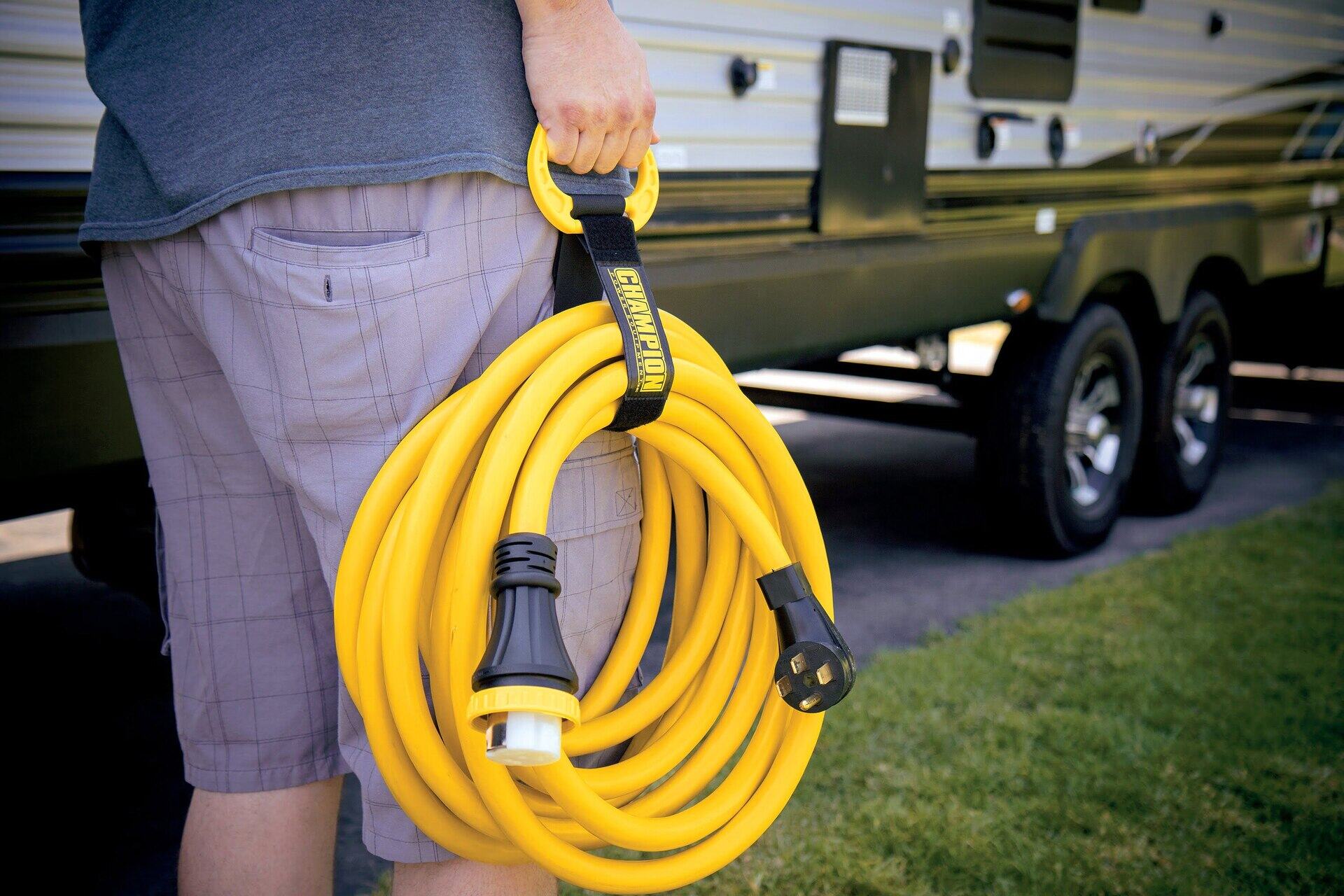

Articles
How To Tell What Gauge An Extension Cord Is
Modified: February 29, 2024
Learn how to determine the gauge of an extension cord in this informative article. Find out the tricks to identify the right cord for your needs.
(Many of the links in this article redirect to a specific reviewed product. Your purchase of these products through affiliate links helps to generate commission for Storables.com, at no extra cost. Learn more)
Introduction
Extension cords are a common and convenient tool for providing power to various electrical devices, both indoors and outdoors. However, not all extension cords are created equal. They come in different sizes and gauges, which determine their capacity to handle different levels of electrical current. Understanding the gauge of an extension cord is crucial for ensuring safety and proper use.
In this article, we will explore different methods for determining the gauge of an extension cord. Whether you need to identify the gauge of an existing cord or want to make an informed decision when purchasing a new one, this guide will equip you with the necessary knowledge.
Before we dive into the methods, let’s quickly discuss what extension cord gauges are and why they matter. The gauge of an extension cord refers to the thickness of its wires. The thinner the wire, the higher the gauge number. Thicker wires have lower gauge numbers and can handle greater electrical currents without overheating.
Using the wrong gauge extension cord for a device can result in overheating, potential electrical fires, damage to the device, or even personal injury. Therefore, it is crucial to correctly identify the gauge of an extension cord to ensure it is suitable for your needs.
Now that we understand the importance of extension cord gauges, let’s explore the various methods for determining the gauge of an extension cord.
Key Takeaways:
- Understanding extension cord gauges is crucial for safety and efficiency. Lower gauge numbers mean thicker wires and higher amperage capacity. Always choose the right gauge for your device’s power requirements to avoid hazards.
- When determining the gauge of an extension cord, check the packaging, read the cord label, measure the diameter, and use an outlet tester. Prioritize safety, choose the right gauge, and follow tips for selecting and using extension cords safely.
Read more: What Gauge Is An Extension Cord
Understanding Extension Cord Gauges
Extension cords are categorized into different gauges based on the thickness of their wire conductors. The most common gauges for household extension cords are 16, 14, and 12. The lower the gauge number, the thicker the wire and the higher the amperage it can handle.
Here is a breakdown of the most common extension cord gauges and their typical uses:
- 16 Gauge: This is the most common gauge for light-duty household extension cords. It can handle a maximum of 13 amps and is suitable for low-power devices like lamps, fans, and small appliances.
- 14 Gauge: This gauge is a step up from 16 gauge and can handle up to 15 amps. It is suitable for moderate-power devices such as power tools, refrigerators, and air conditioners.
- 12 Gauge: This is the thickest gauge commonly available for household extension cords. It can handle up to 20 amps and is ideal for high-power devices such as space heaters, heavy-duty power tools, and large appliances.
It’s important to note that using a higher gauge extension cord than necessary is generally safe, but using a lower gauge cord can be dangerous. When in doubt, it’s always best to err on the side of caution and use a thicker gauge cord than you think you may need.
By understanding the different gauges and their corresponding amperage ratings, you can select the appropriate extension cord for your specific needs, ensuring safe and efficient electrical connectivity.
Method 1: Check the Packaging
One of the simplest ways to determine the gauge of an extension cord is to check the packaging. Manufacturers often indicate the gauge of the cord directly on the packaging or in the product description. Look for labels that mention the gauge or wire thickness. It may be listed as “AWG” (American Wire Gauge) followed by a number.
If you have the original packaging or documentation for your extension cord, check for any specifications related to the gauge. The information may be printed on a sticker or included in the product manual. Pay close attention to the details and look for any mention of wire gauge or amperage rating.
Keep in mind that this method only applies to extension cords that are still in their original packaging or have their specifications readily available. If you no longer have access to the packaging or documentation, you’ll need to explore other methods to determine the gauge of your extension cord.
If the packaging does not indicate the gauge or you have a cord without packaging, don’t worry. There are additional methods you can use to determine the gauge, which we will explore further.
Method 2: Read the Cord Label
If there is no information about the gauge on the packaging, you can try to find a label directly on the extension cord itself. Manufacturers often print important specifications, including the gauge, directly on the cord for easy reference.
Start by examining the entire length of the cord for any imprinted or embossed markings. Look for labels or engravings that provide information about the cord’s gauge or wire thickness. It may be listed as “AWG” (American Wire Gauge) followed by a number, such as 12, 14, or 16.
The label may also include other relevant details, such as the maximum amperage rating or voltage compatibility. Make sure to note down this information as well, as it can be useful for determining whether the cord is suitable for your intended use.
If you find a label but are unsure about the gauge’s representation, you can cross-reference the information with the gauge descriptions mentioned earlier in this article. This will help you determine the thickness of the wire and the corresponding amperage rating it can handle.
Should your extension cord not have any visible labels or markings indicating the gauge, you’ll need to explore alternative methods to determine the gauge accurately.
Next, we will discuss Method 3, which involves measuring the diameter of the extension cord.
Look for the gauge rating printed on the cord itself. It is usually marked on the outer jacket or molded into the plug. The lower the number, the thicker the wire and the higher the capacity.
Method 3: Measure the Diameter
If you don’t have access to the packaging or any visible labels indicating the gauge of your extension cord, you can determine the gauge by measuring the diameter of the cord.
To measure the diameter, you will need a measuring tape or a caliper. Start by selecting a section of the cord that is straight and untangled. Then, wrap the measuring tape or caliper around the cord, ensuring that it encompasses the entire circumference.
Once you have the measurement, divide it by 0.46 for a rough estimation of the gauge. For example, if the diameter of the cord measures 0.46 inches, it is likely a 16-gauge cord. If it measures around 0.36 inches, it may be a 12-gauge cord.
Keep in mind that this method provides an approximate gauge measurement and might not be as accurate as checking the packaging or cord label. However, it can still give you a reasonably good idea of the cord’s gauge if the other methods are not available to you.
Although measuring the diameter can be helpful in determining the gauge, it’s essential to exercise caution and double-check the accuracy of your measurement, as small errors can lead to inaccurate results. For the most precise gauge determination, consider combining this method with other methods discussed in this article.
Now that we have covered measuring the diameter, let’s move on to Method 4, which involves using an outlet tester to determine the gauge.
Read more: What Gauge Extension Cord For Freezer
Method 4: Use an Outlet Tester
Another method to determine the gauge of an extension cord is by using an outlet tester. Outlet testers are handy devices that plug into a power outlet to check the correctness of the wiring and identify any potential issues.
Here’s how you can use an outlet tester to estimate the gauge of your extension cord:
- Find a power outlet near your extension cord.
- Plug the outlet tester into the power outlet.
- Turn off any devices connected to the extension cord and unplug them.
- Plug the extension cord into the outlet tester.
- Observe the LED lights on the outlet tester.
The outlet tester’s LED lights will indicate whether the wiring is correct or not. However, in this case, we are going to focus on a specific LED light that represents the estimated gauge of the extension cord.
Typically, outlet testers have a set of LED lights labeled with different gauge numbers, such as 16, 14, and 12. Each LED corresponds to a specific gauge range. When you plug in the extension cord and observe the LED that illuminates, it gives you an approximation of the cord’s gauge.
For example, if the LED labeled “16” lights up, it suggests that your extension cord is likely a 16-gauge cord. If the LED labeled “12” lights up, it indicates that your cord is possibly a 12-gauge cord.
While using an outlet tester can provide an estimation of the cord’s gauge, please note that this method is not foolproof and might not give you an exact gauge measurement. It’s always recommended to use multiple methods to cross-reference and verify the gauge.
With the four methods discussed, you now have different approaches to determine the gauge of an extension cord. Remember that safety should always be a priority, so choose the appropriate gauge cord based on the device’s power requirements and consult an electrician if you are unsure.
Tips for Choosing the Right Extension Cord
Now that you have a better understanding of how to determine the gauge of an extension cord, it’s important to know which cord to choose for your specific needs. Here are some tips to help you select the right extension cord:
- Consider the wattage or amperage requirements of your device: Before selecting an extension cord, check the wattage or amperage rating of the device you plan to connect. Make sure the cord you choose can handle the electrical load without overheating.
- Choose the right gauge: Select a cord with an adequate gauge for your device. As mentioned earlier, lower gauge numbers (e.g., 12) can handle higher amperage, while higher gauge numbers (e.g., 16) are suitable for lower-power devices.
- Opt for a cord with a grounded three-prong plug: For safety purposes, it is recommended to use extension cords with three-prong plugs. The third prong provides grounding, which helps prevent electrical shocks and enhances safety.
- Consider the cord’s length: Choose a cord with an appropriate length for your intended use. Avoid using excessively long cords, as they can cause voltage drop and potentially damage your devices.
- Look for outdoor-rated cords for outdoor use: If you plan to use the extension cord outdoors, ensure it is specifically designed for outdoor use. These cords are usually more durable and have additional protection against moisture and environmental elements.
- Inspect the cord for any damage: Before using an extension cord, carefully inspect it for any signs of damage, such as frayed insulation, exposed wires, or bent prongs. Using a damaged cord can be hazardous and should be avoided.
- Avoid overloading the cord: Do not exceed the cord’s wattage or amperage rating. Overloading the cord can lead to overheating, voltage drop, and potential fire hazards.
- Store your extension cords properly: When not in use, neatly coil and store your extension cords in a dry and protected area. Avoid kinks or tangles that may damage the cord and compromise its safety.
By following these tips, you can ensure the safe and efficient use of extension cords for your electrical devices, minimizing the risks of electrical hazards and potential damage.
Conclusion
Choosing the right extension cord and understanding its gauge is vital for ensuring safety and proper electrical functionality. By utilizing the methods outlined in this article, you can determine the gauge of an extension cord and make informed decisions when purchasing or using one.
Remember to check the packaging and cord label for gauge information, measure the diameter of the cord if necessary, and use an outlet tester for estimation. These methods, in combination with considering the wattage or amperage requirements of your devices, will help you choose the appropriate extension cord for your specific needs.
Always prioritize safety by selecting a cord with the correct gauge and ensuring it is in good condition, properly storing it, and avoiding overloading. Additionally, use outdoor-rated cords for outdoor use and opt for cords with grounded three-prong plugs for enhanced safety.
Keep in mind that extension cords are not meant to be permanent solutions and should be used as temporary measures. If you require a more permanent power solution, it’s advisable to consult a qualified electrician to install additional outlets.
By following these guidelines and making informed decisions, you can utilize extension cords safely and effectively, avoiding potential hazards and protecting your electrical devices from damage.
Remember, safety should always be the top priority when working with electricity, and when in doubt, it’s best to consult a professional for guidance.
Frequently Asked Questions about How To Tell What Gauge An Extension Cord Is
Was this page helpful?
At Storables.com, we guarantee accurate and reliable information. Our content, validated by Expert Board Contributors, is crafted following stringent Editorial Policies. We're committed to providing you with well-researched, expert-backed insights for all your informational needs.

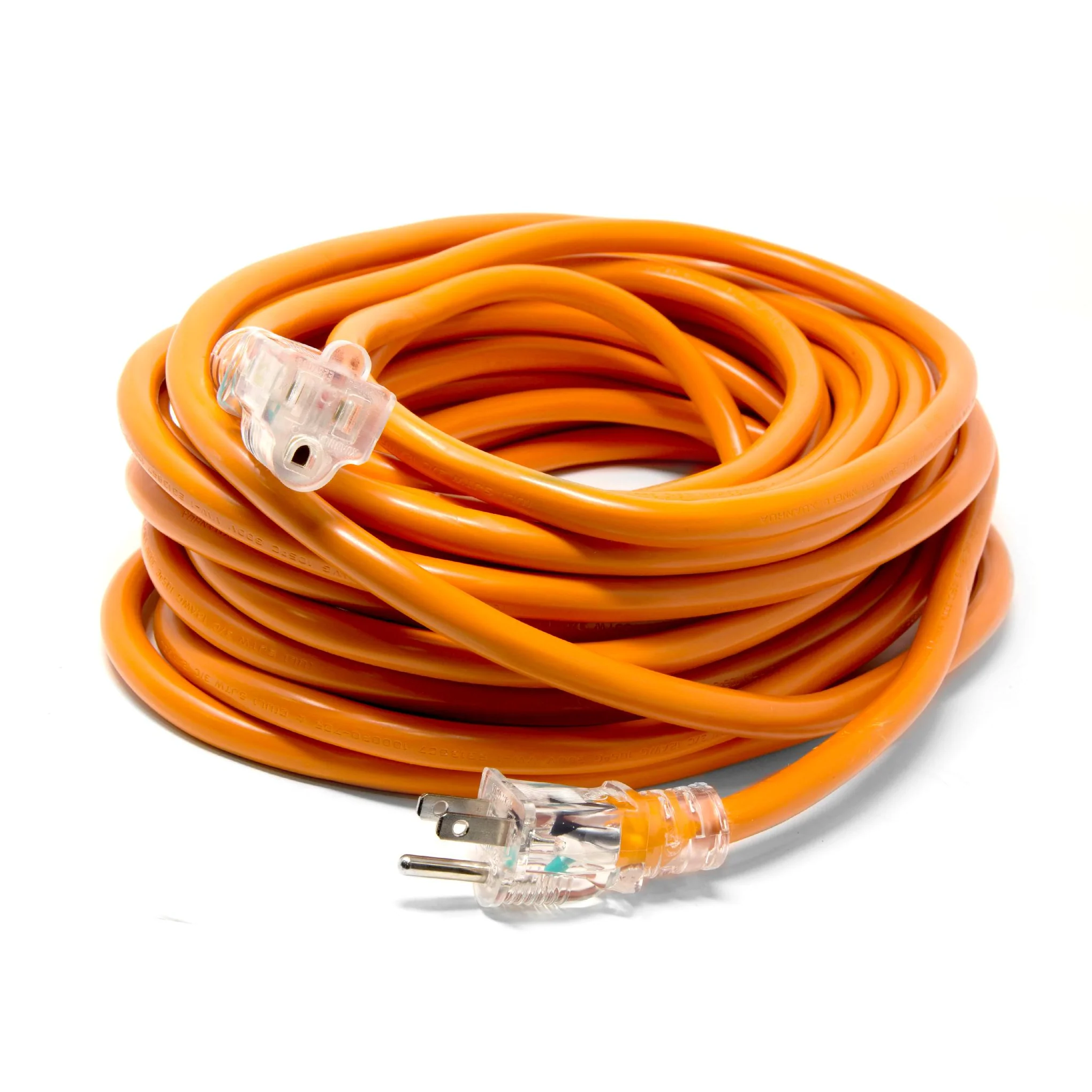
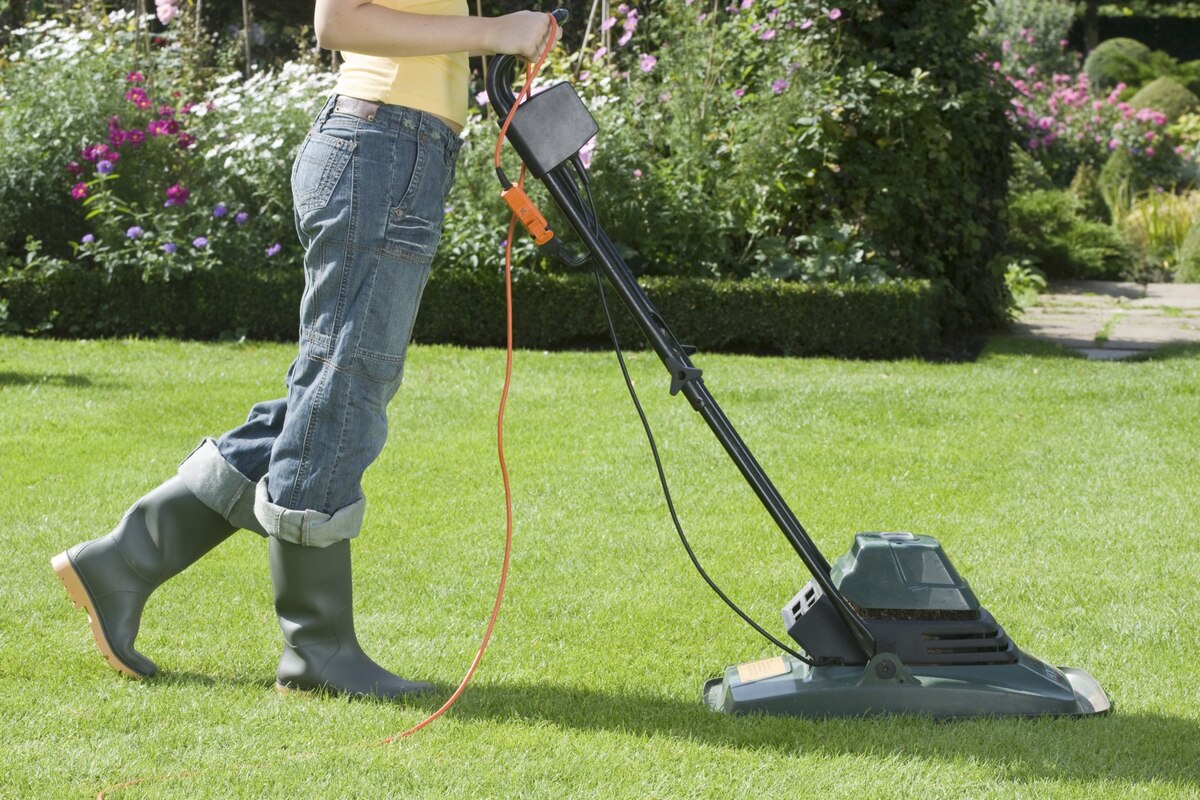
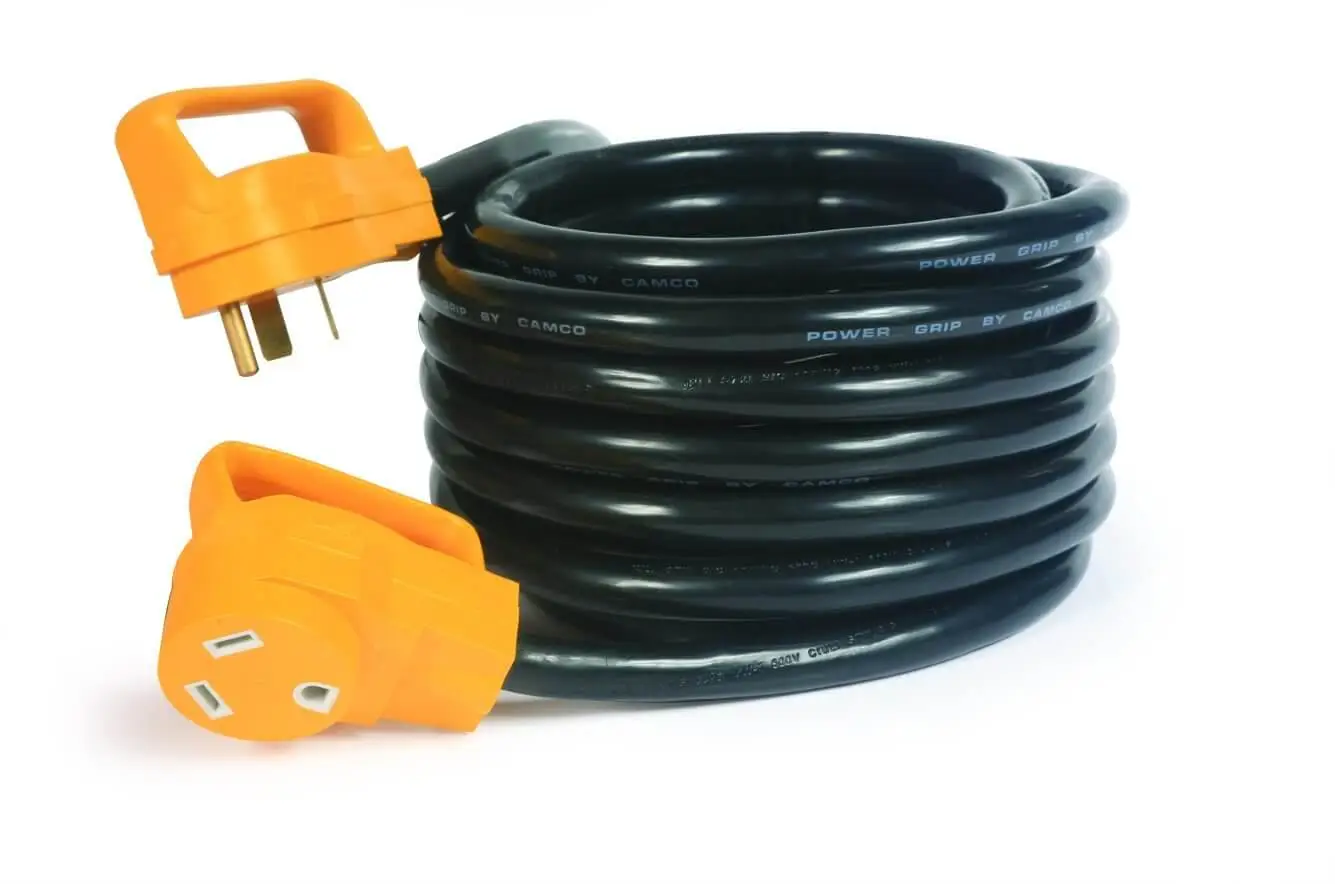
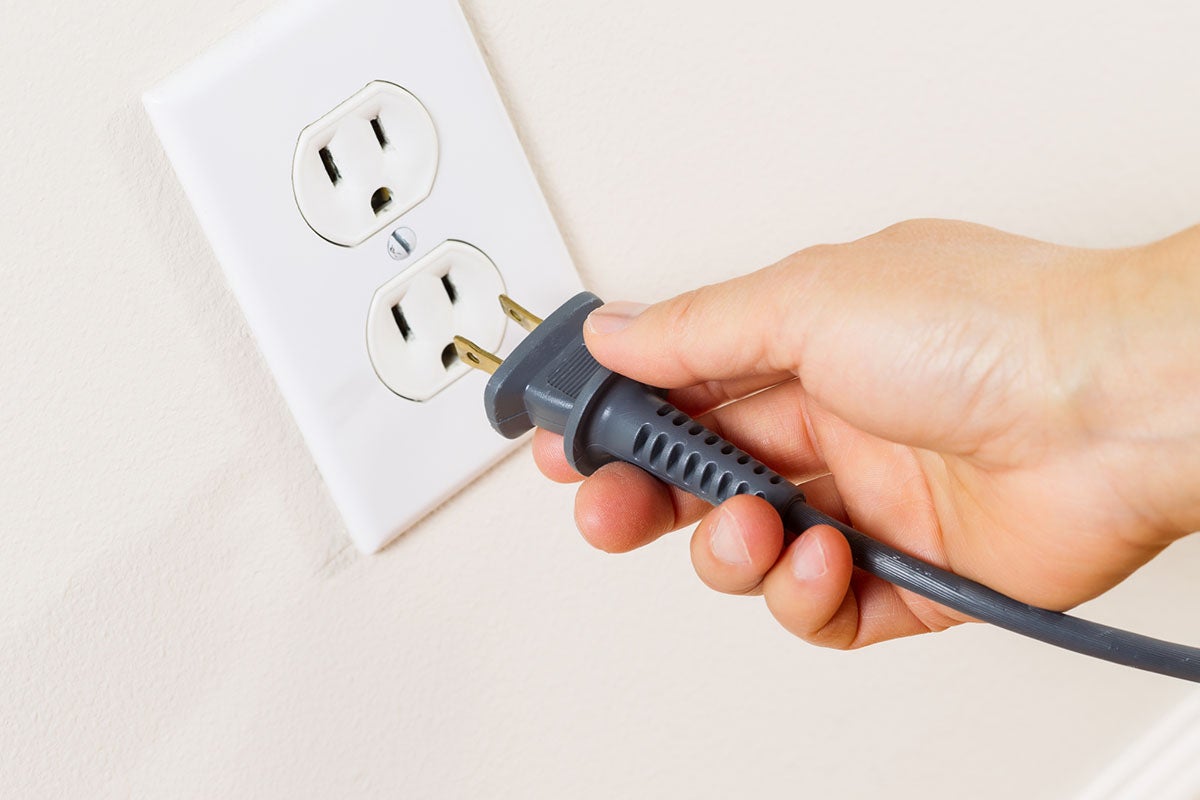
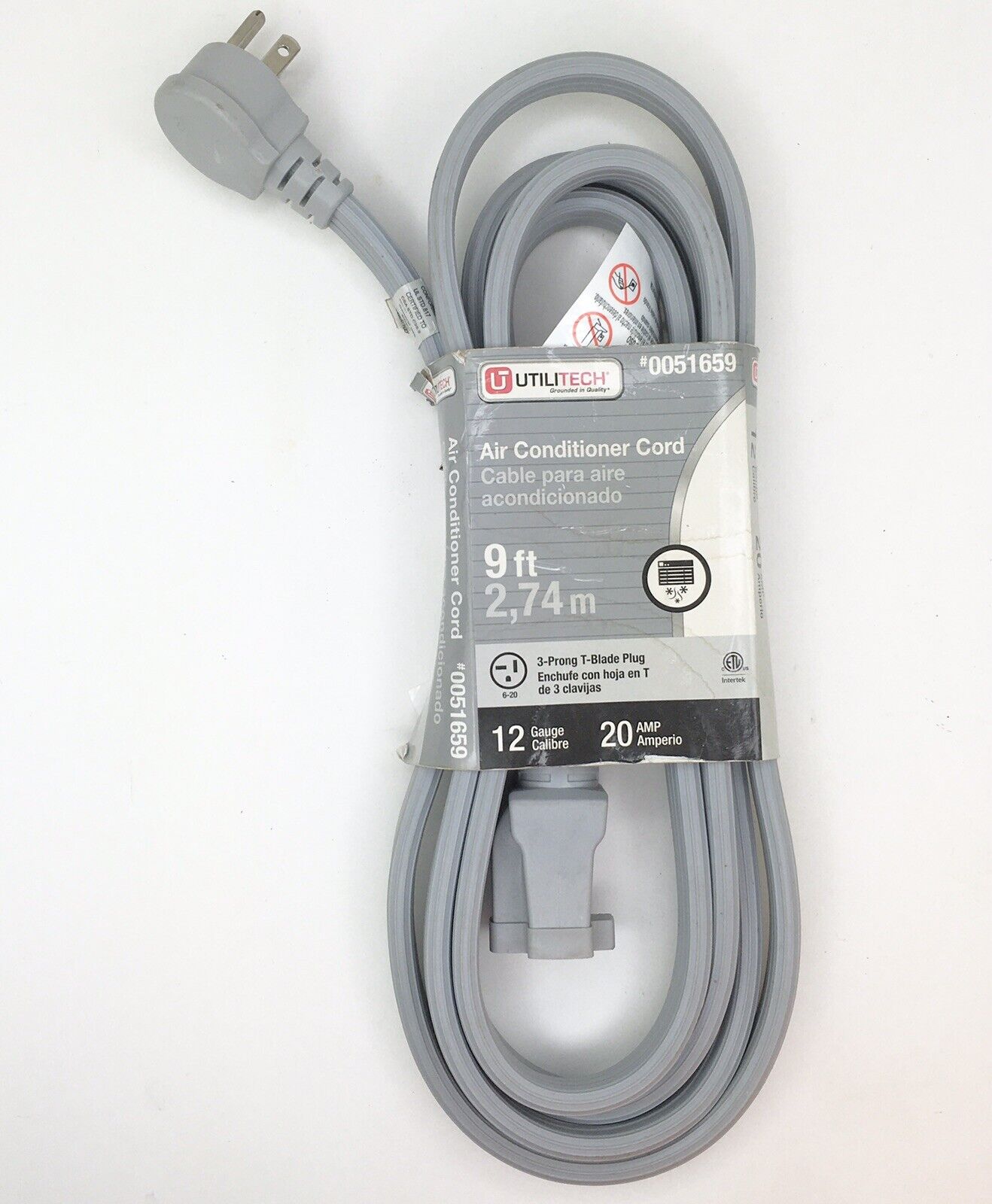
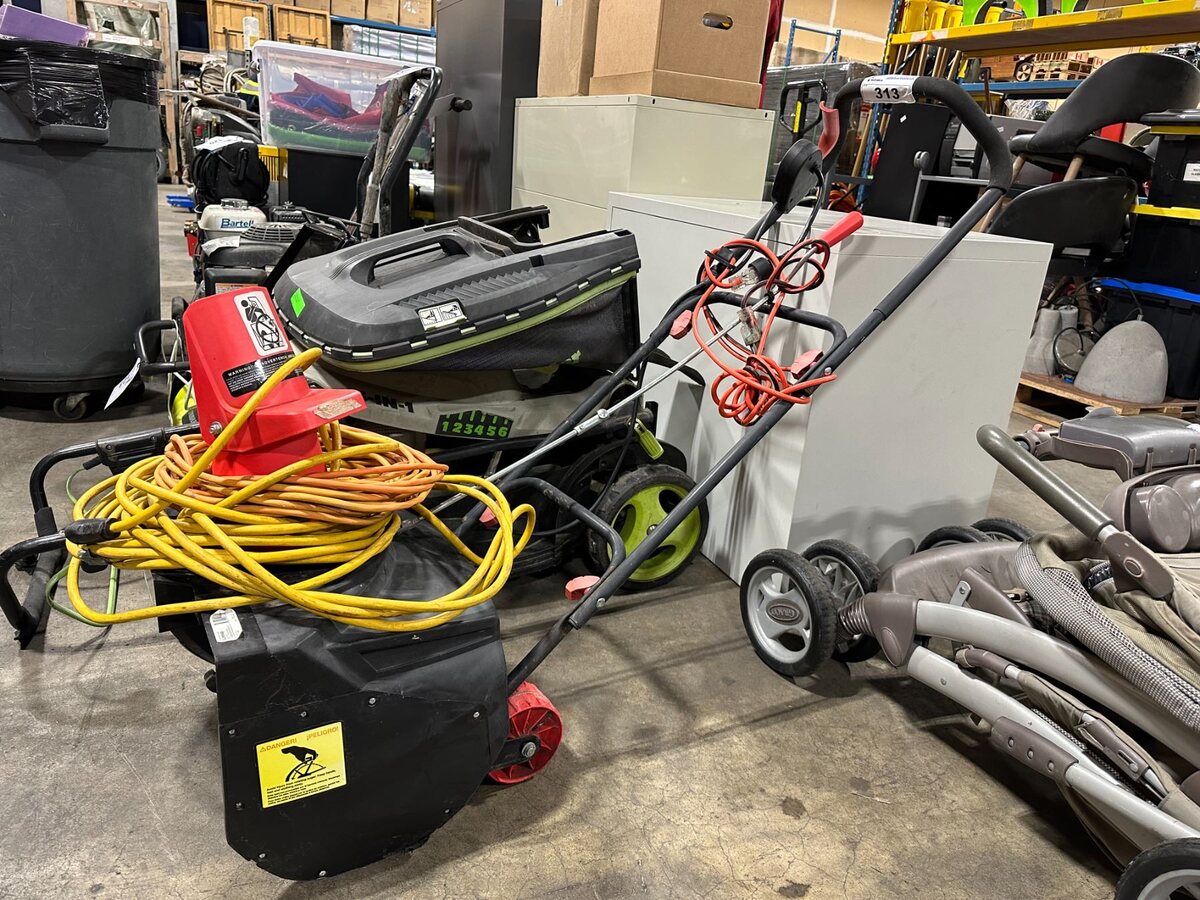
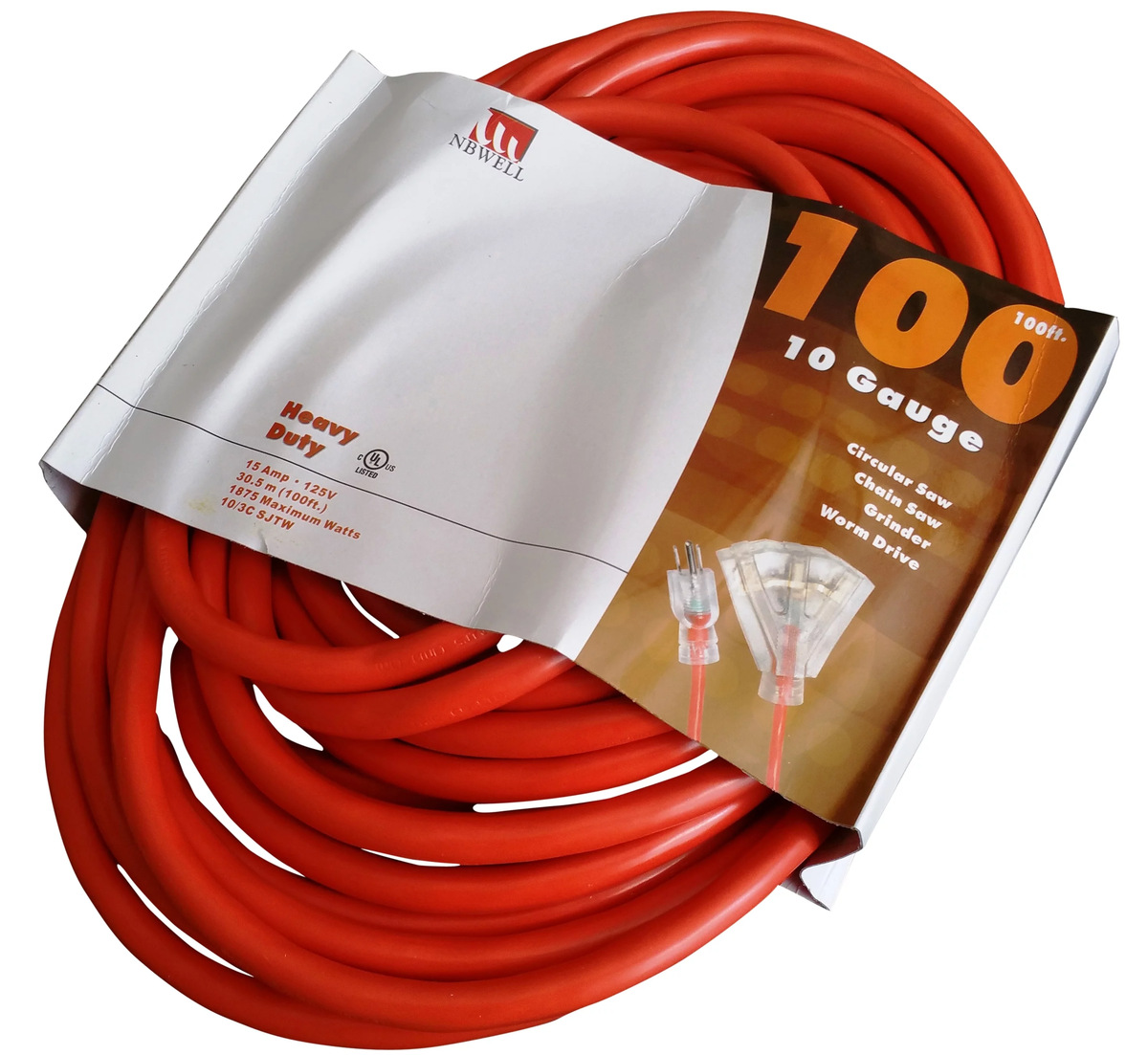
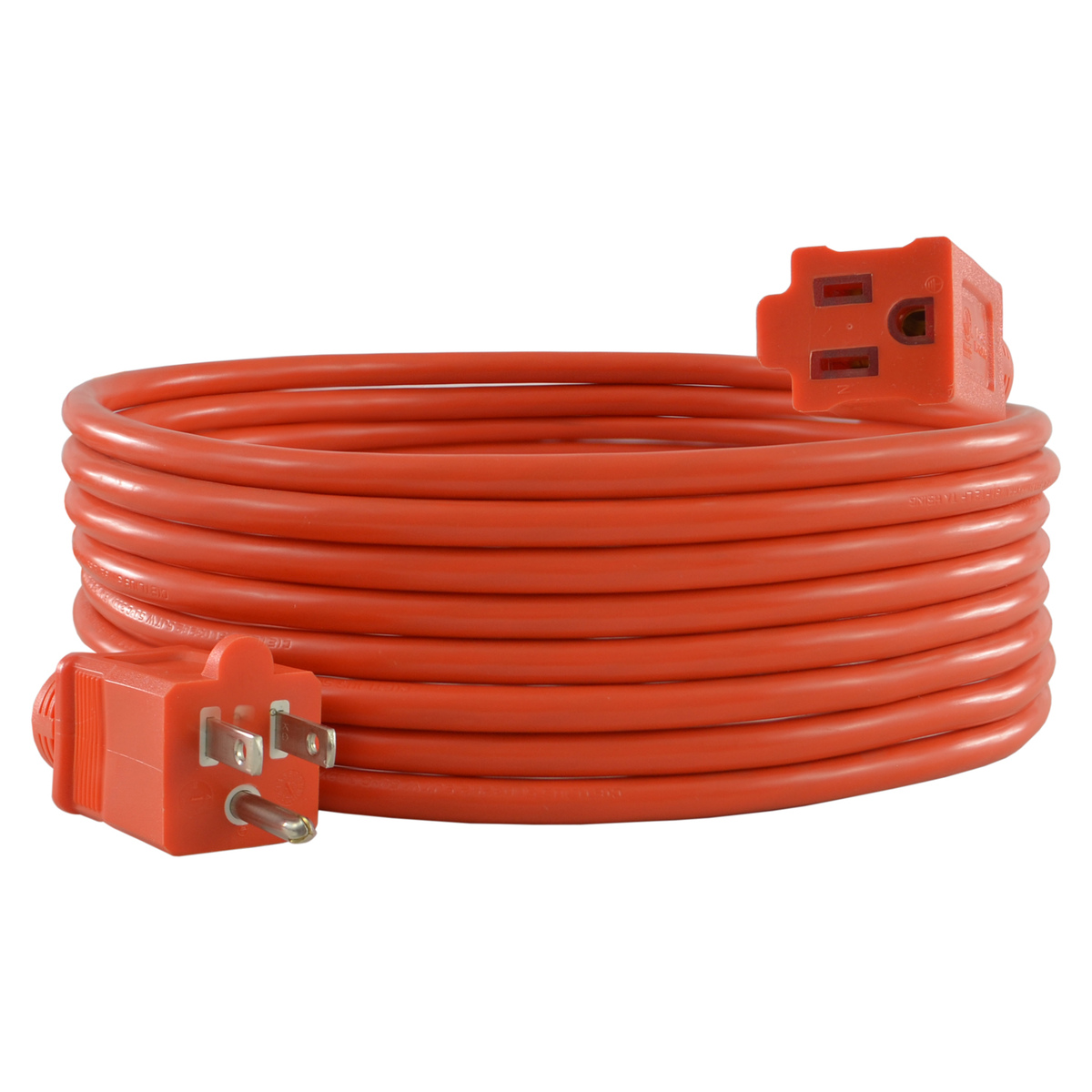
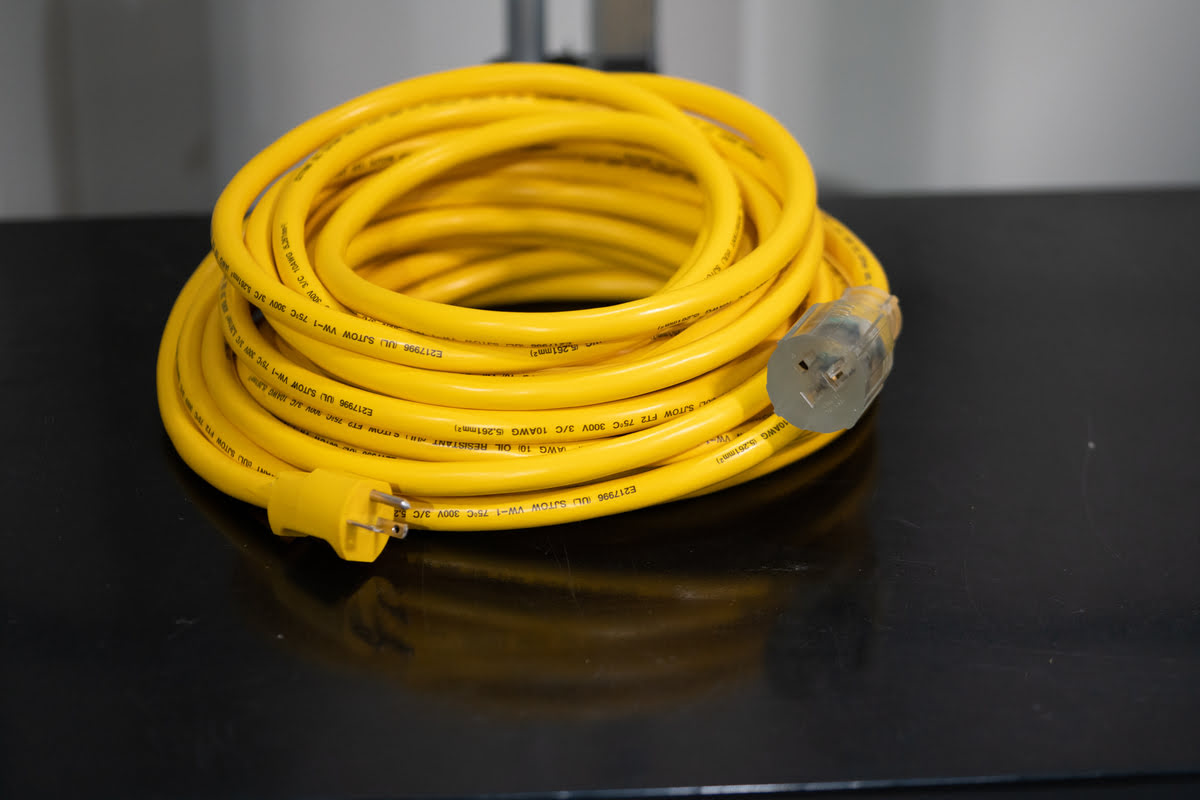
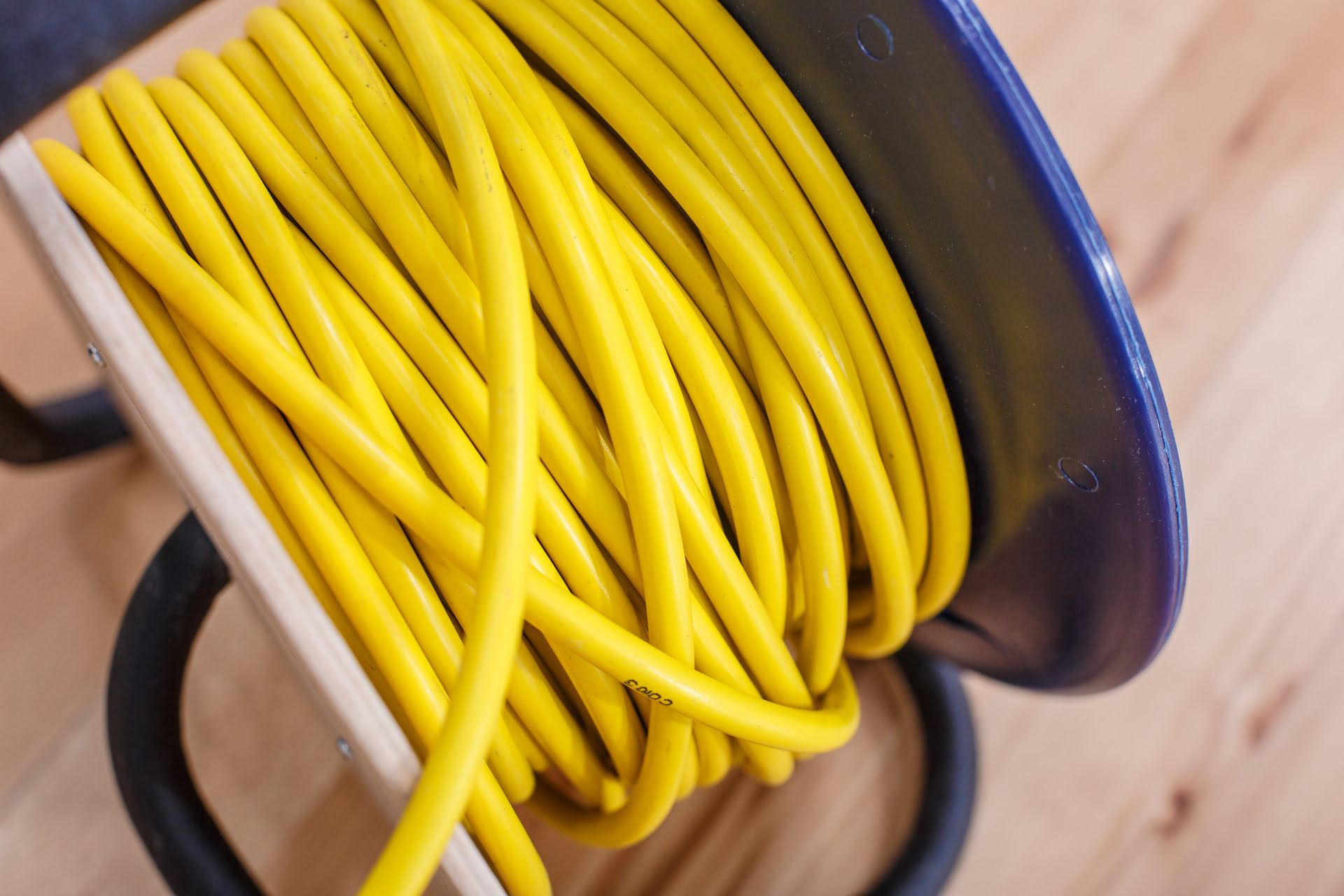
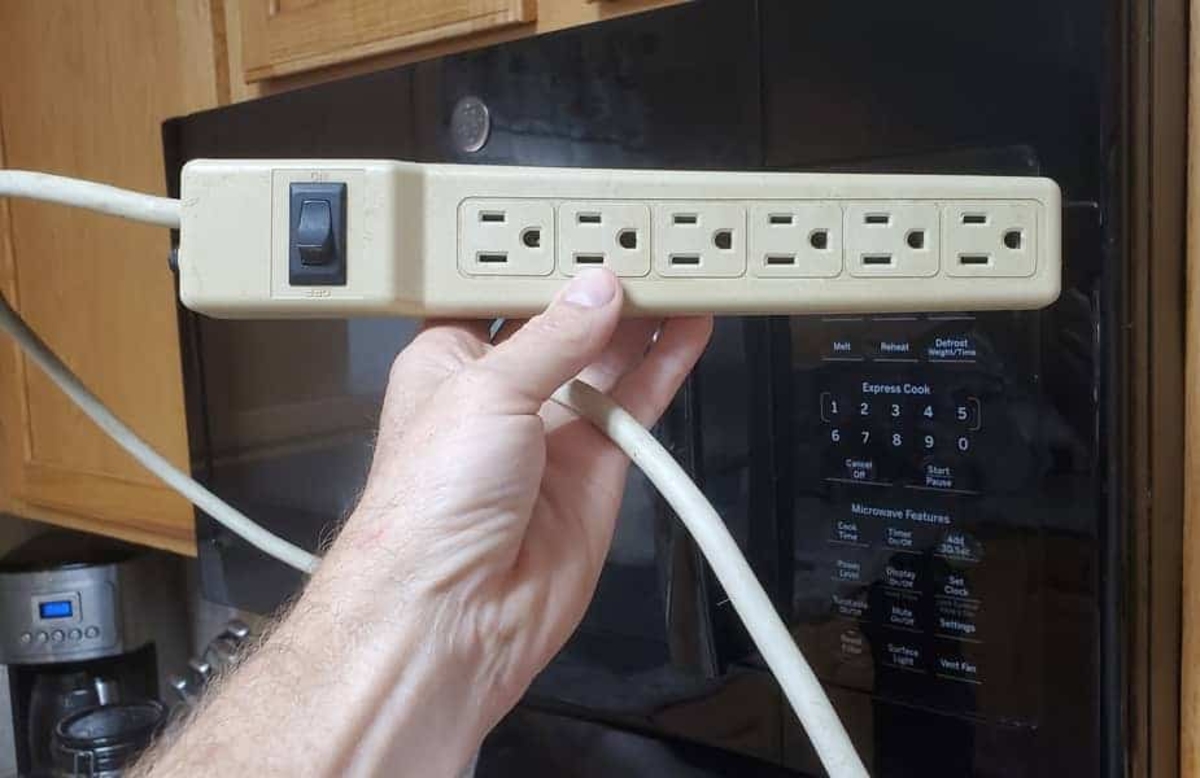
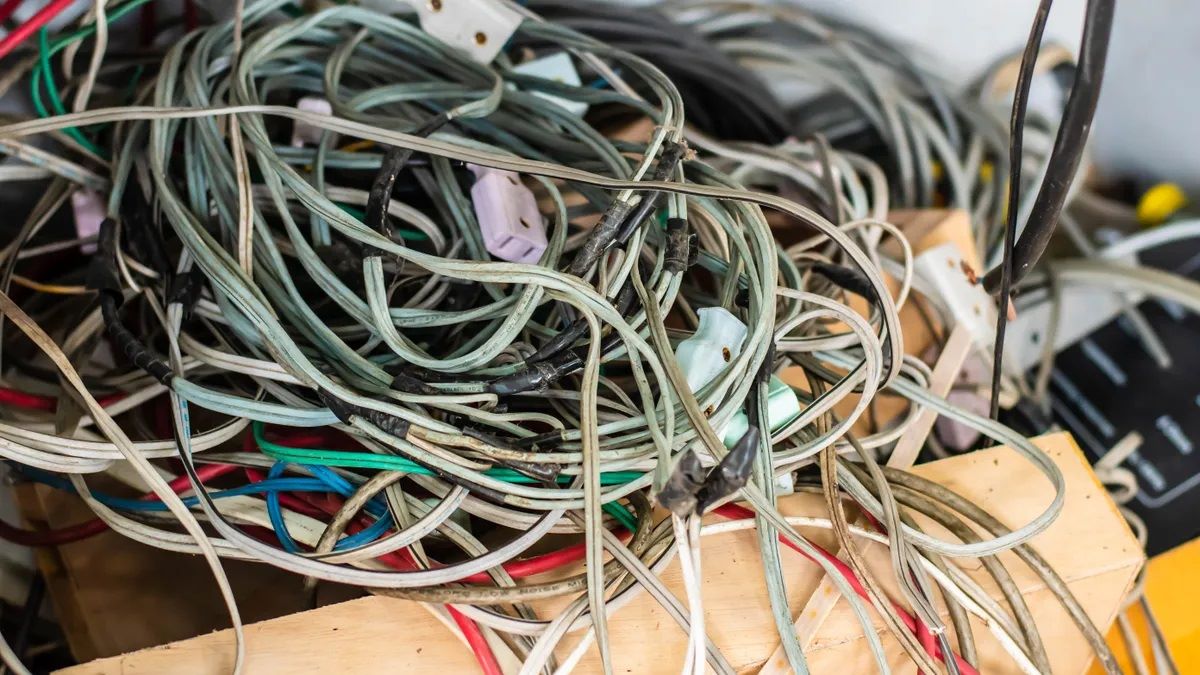
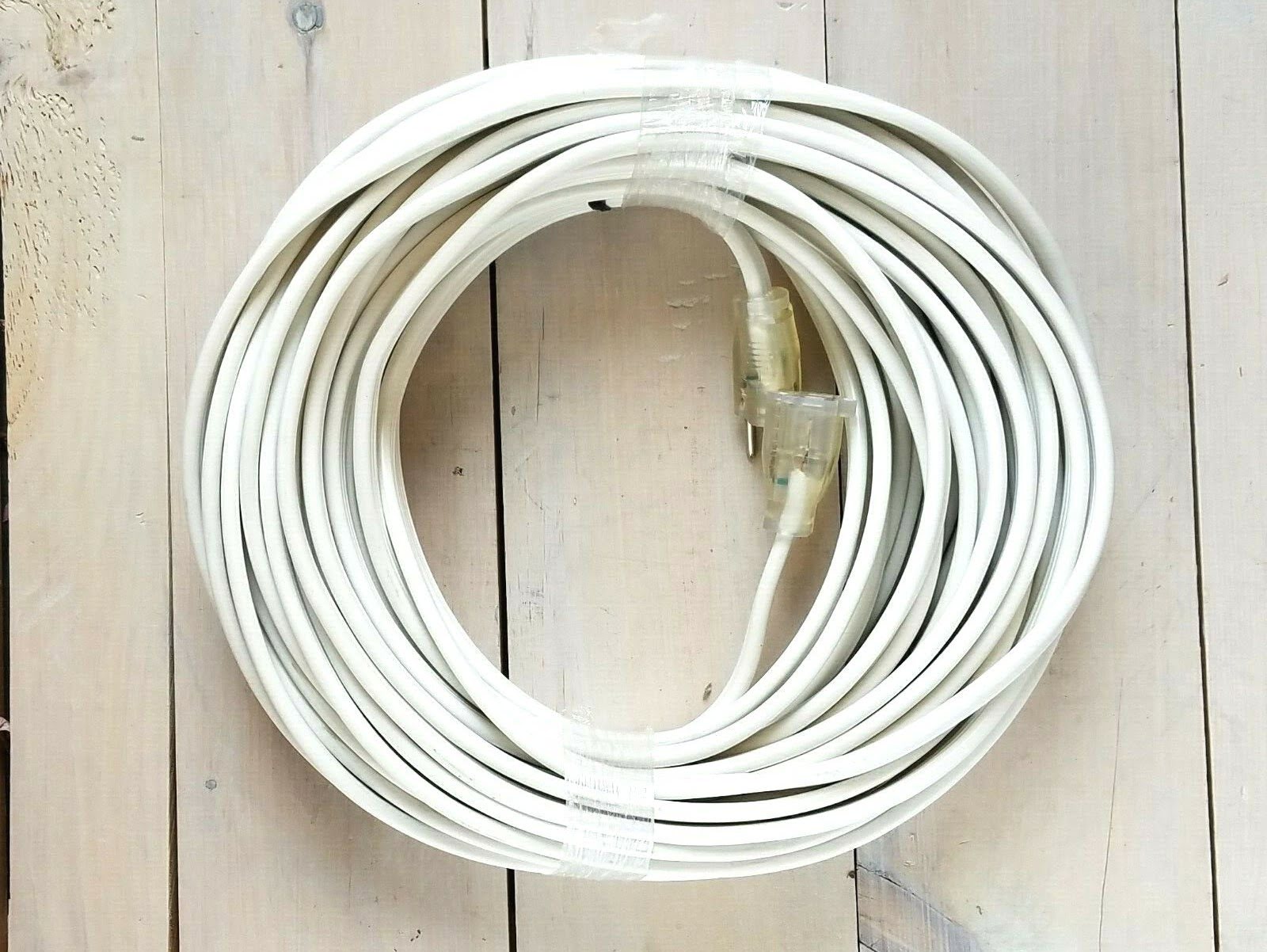

0 thoughts on “How To Tell What Gauge An Extension Cord Is”